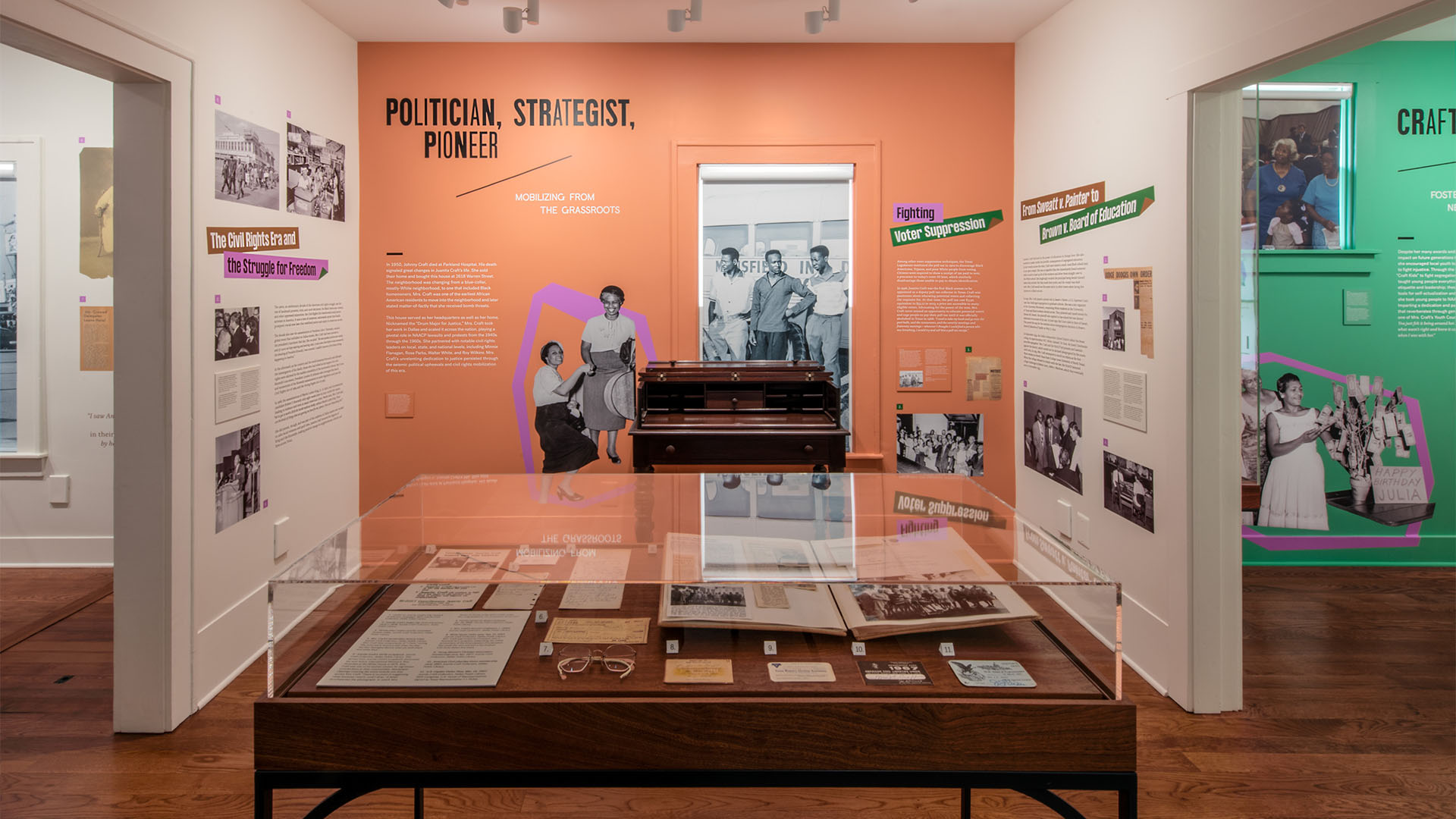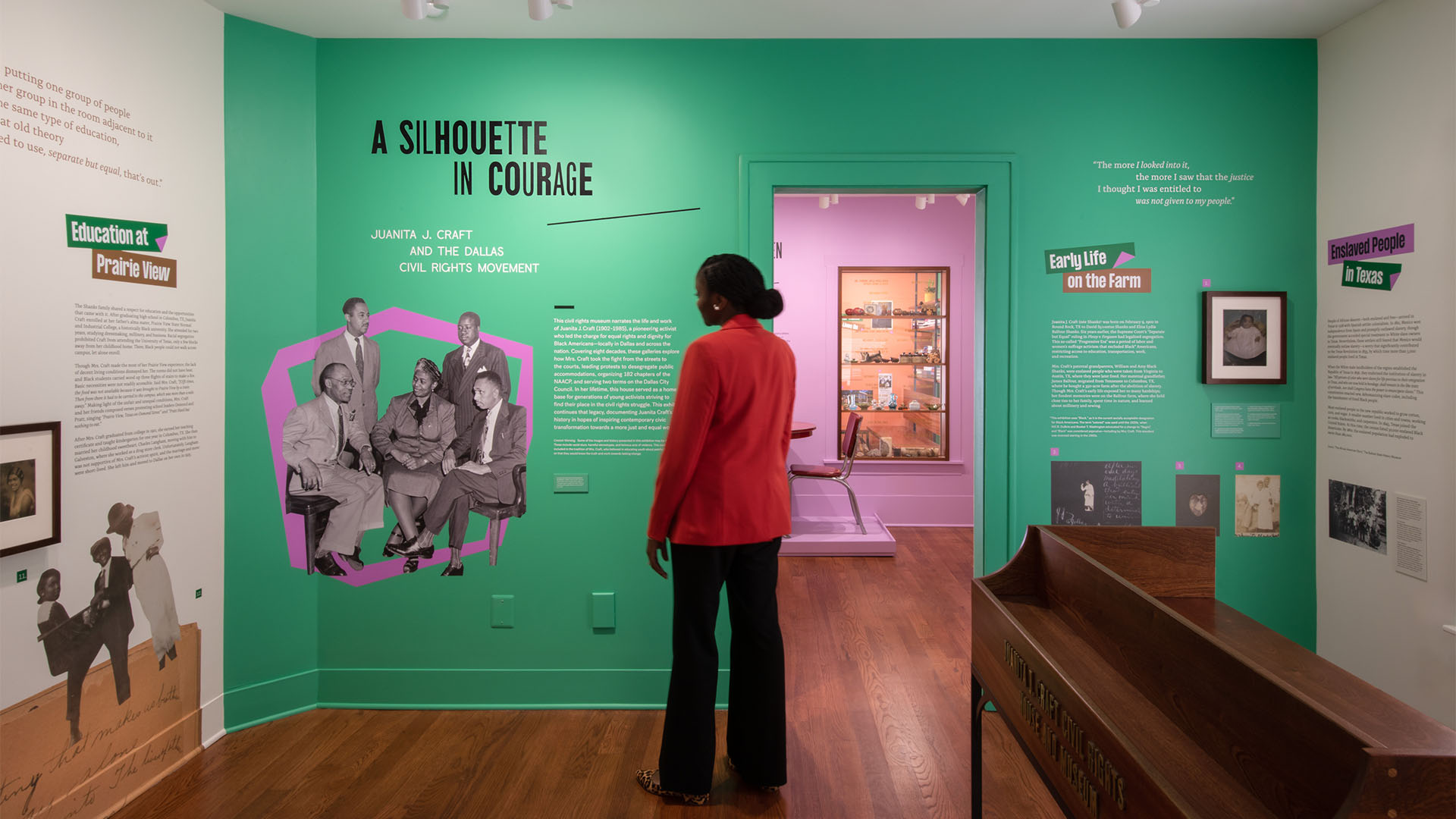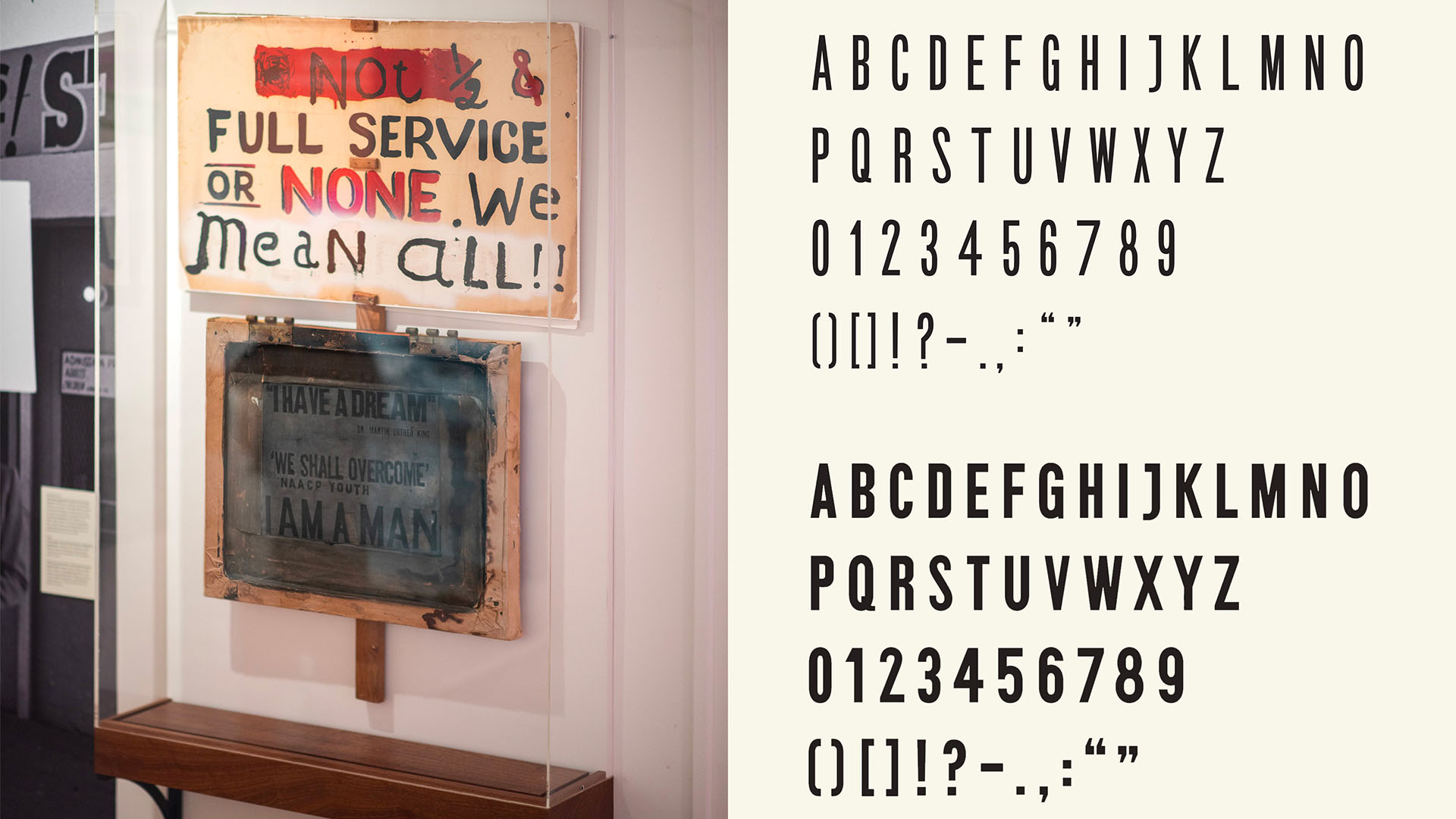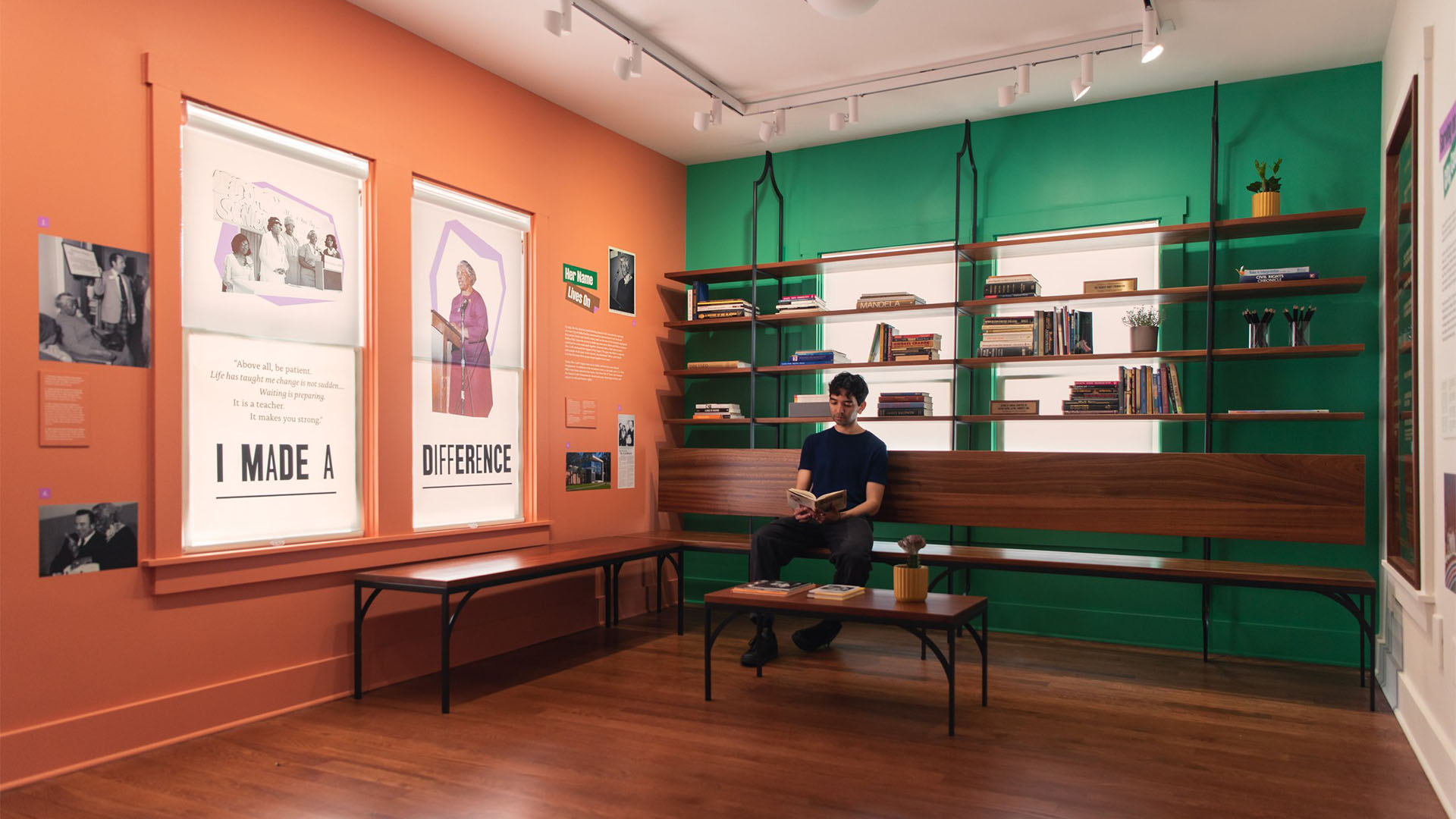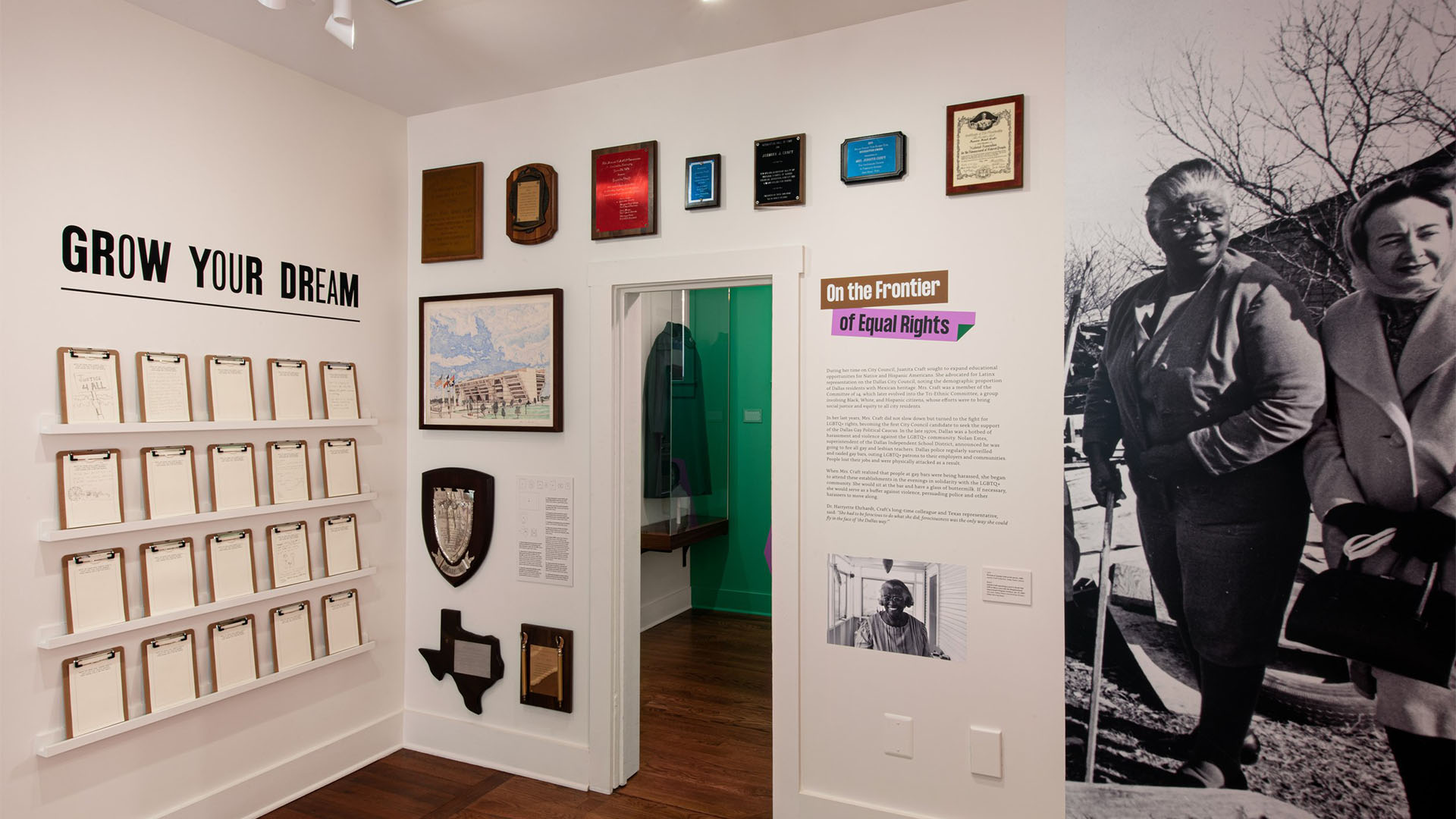A House of Power: Honoring the Enduring Legacy of Junaita J. Craft
A House of Power in South Dallas
In South Dallas, just a few hours from Galveston—the birthplace of Juneteenth—stands a modest home that once pulsed with the energy of revolution. It was here that Juanita J. Craft, a seamstress-turned-strategist and one of Texas’s most influential civil rights organizers, opened her doors to neighbors, students, and strangers. This unassuming house was more than a home. It was a headquarters for hope. A laboratory for liberation.
On Juneteenth, as we honor emancipation not as an end but a beginning, this space offers a powerful lesson: freedom is not given—it is continually built through care, community, and collective action.
A 2024 SEGD Global Design Awards Finalist, the Juanita J. Craft Civil Rights House and Museum, designed by Isometric Studio in collaboration with the City of Dallas, brings this legacy to life through immersive storytelling and preservation. Following a devastating flood that nearly erased its contents, the home has been painstakingly restored and reimagined—not as a static memorial, but as a vibrant, living archive of resistance. The exhibition traces eight decades of history, connecting America’s legacy of enslavement to today’s urgent calls for justice.
Design as Declaration
Every element of the exhibition is rooted in the belief that design is not neutral. Far from decoration, the experience design is a declaration. A declaration of presence, of struggle, of memory.
The exhibition uses architecture, typography, and materials to embody Mrs. Craft’s legacy. A custom typeface, Craft, was developed from the original silkscreen mesh she and her “Craft Kids” used to print protest signs in the home. These letterforms—once lifted in marches and demonstrations—now anchor the space, appearing in exhibition titles, gallery signage, and donor acknowledgments. They give visual voice to a history that was often suppressed, ignored, or erased.
The casework throughout the museum is crafted from African Sapele, a conservation-grade wood chosen for its strength and symbolism. Designed to hold objects like a poll tax purse, childhood photographs, and NAACP certificates, these structures elevate personal belongings into sacred artifacts—markers of a life committed to justice. Many of these items were lovingly preserved by Mrs. Craft herself. Now, they’re preserved for the generations she fought for.
Design here is not just about storytelling—it’s about sustaining the struggle.
The Craft of Resistance
In what was once her living room, a Legacy Library invites young people to read, reflect, and begin writing their own future. Nearby, interactive clipboards ask visitors to “grow your own dreams,” inspired by Mrs. Craft’s belief in youth-led change. Archival video projections animate key moments in the civil rights movement, while a redesigned spice rack—visible from two rooms—now doubles as a donor recognition wall, a reminder that even the most ordinary spaces can hold extraordinary meaning.
Every detail in the exhibition—from the bold color palette drawn from her beloved record covers to silhouette cutouts that echo her scrapbooks—serves as an act of honoring. It’s a visual language of resilience, visibility, and defiance.
At the heart of the experience is Mrs. Craft’s quiet but radical philosophy of community care.
As she once said, “I had no children, so I adopted the world.” That spirit of mentorship and civic love echoes through every room, every object, and every visitor invited to carry the work forward.

Commemorating Liberation, Continuing the Work
While the museum tells the story of one remarkable woman, it is also a celebration of the collective power she nurtured. Mrs. Craft’s impact—organizing, educating, resisting—embodied the true spirit of Juneteenth: not just the end of enslavement, but the enduring pursuit of liberation, dignity, and equality.
This Juneteenth, the Juanita J. Craft Civil Rights House and Museum reminds us that true liberation is built in kitchens and classrooms, on sidewalks and porches, and in bedrooms where people are reaffirming their commitment to truth and justice. It is not finished. It is not guaranteed. It is something we must make—together, again and again.
And sometimes, all of that starts in a small house with wide reach.
People also viewed
-
Read more Juanita J. Craft Civil Rights House and Museum
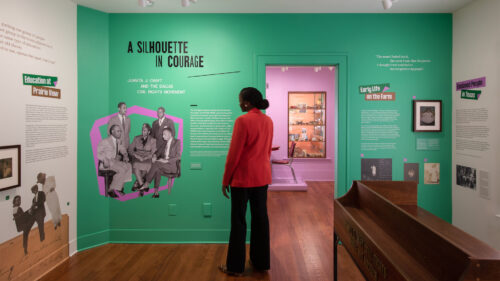
Juanita J. Craft Civil Rights House and Museum
-
Read more National Juneteenth Museum
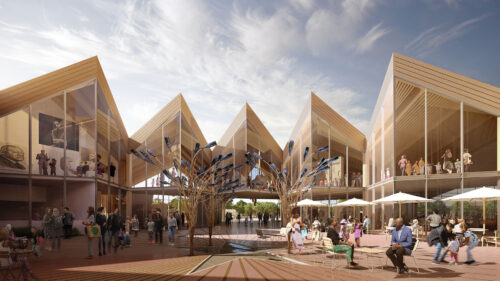
National Juneteenth Museum
-
Read more The Segregated Lunch Counter and Panorama of the Civil Rights Movement
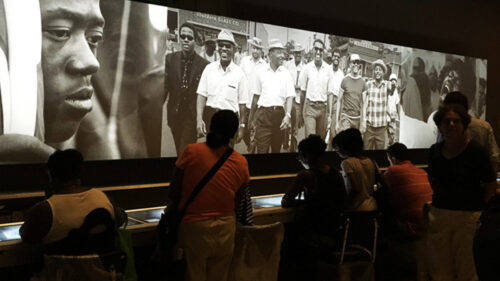
The Segregated Lunch Counter and Panorama of the Civil Rights Movement
